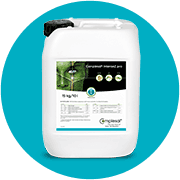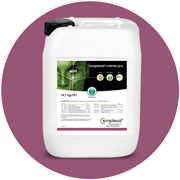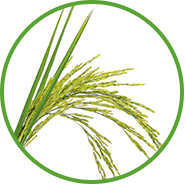
Rice
Efficient foliar nutrient management in rice has assumed great importance along with high production levels of rice. It ensures minimal leakage of applied nutrients to the environment. Soils, climate, cultivars and extent of mechanization vary considerably among rice growing regions, but the basic principles governing nutrient transformations in the soil–plant system remain relatively unchanged. Due to the extraordinary cultivation circumstances, foliar applications to rice are very effective.
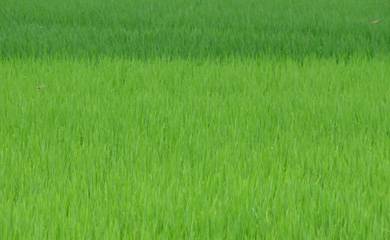
Key nutrients:
Nitrogen is the most limiting factor in rice production. Nitrogen affects all parameters contributing to yield (e.g. spikelet number per panicle, percentage of filled spikelets, grain protein content). A sufficient Nitrogen supply is necessary for achieving high yields. At the same time, Nitrogen deficiency is the most commonly detected nutrient deficiency symptom in rice.
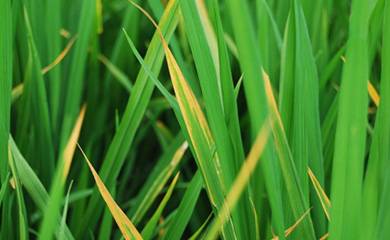
Potassium is an essential plant nutrient that improves root growth and plant vigor, helps to prevent lodging and enhances crop resistance to pests and diseases. It is often the most limiting nutrient after Nitrogen, especially in high yielding rice systems. Potassium fertilizer need to be applied in adequate amounts in most irrigated rice fields. Deficiency symptoms can be seen as stunted dark green plants with yellowish brown leaf margins and/or older leaves with necrotic tips and margins. Leaf symptoms often appear in late growth stages. Deficiency also results in unhealthy or black roots, a higher level of unfilled grains and a lower grain weight.
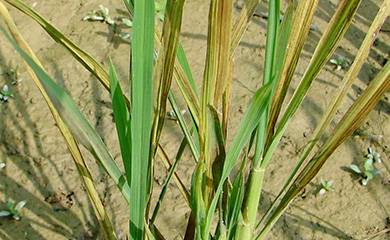
Zinc deficiency is the most widespread micronutrient disorder in rice. It is a critical nutrient for adequate growth hormone function in roots and shoots, enzyme function and efficient utilization of phosphorus. Zinc deficiency causes multiple symptoms that usually appear two to three weeks after transplanting rice seedlings. Leaves develop brown blotches and streaks that may fuse to cover older leaves entirely, plants remain stunted and may die in severe cases. Those that recover will show substantial delay in maturity and reduction in yield. High soil pH and perennial wetness appear to be the main factors associated with the widespread Zinc deficiency in rice production.
Product recommendation rice

Contact us for more information
Whether you’re interested in more information or just have some questions, we’re here to help. Our experts will be pleased to share their knowledge with you and take care of your request.
